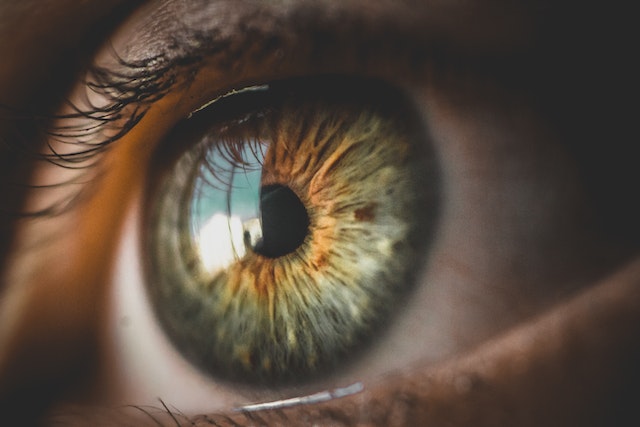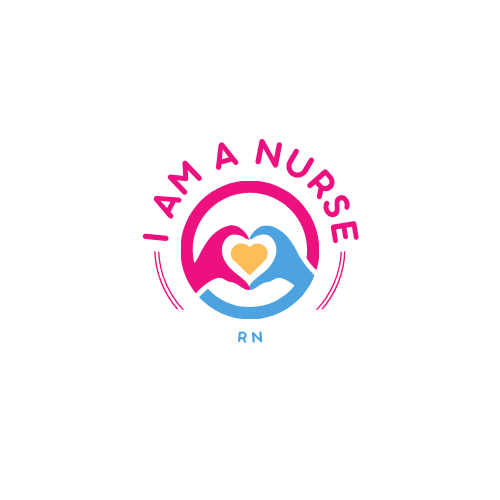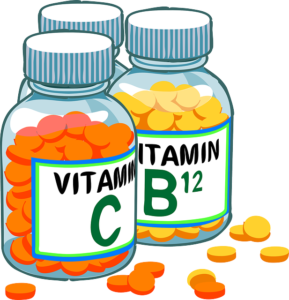
Cataracts, the clouding of the lens of the eye, can significantly impact your vision and overall quality of life. While cataracts are common as we age, there are preventive measures we can take to lower our risk or delay their development. By maintaining good eye health and making certain lifestyle choices, we can promote optimal vision and reduce the likelihood of cataracts. In this comprehensive guide, we will explore six essential tips to help prevent cataracts and protect our eyes.
1. Shield Your Eyes from Harmful Ultraviolet Rays
Protecting our eyes from the damaging effects of ultraviolet (UV) rays is crucial in preventing cataracts. Prolonged exposure to UV radiation can increase the risk of cataract development. To minimize this risk, it is essential to wear sunglasses that provide 100% UV protection whenever we are outdoors. Additionally, consider wearing a wide-brimmed hat or using an umbrella to further shield your eyes from direct sunlight. By taking these precautions, we can reduce the harmful effects of UV radiation and preserve our eye health.
2. Adopt a Nutrient-Rich Diet
Maintaining a healthy and nutrient-rich diet is vital for optimal eye health and reducing the risk of cataracts. Including foods that are high in antioxidants, such as fruits and vegetables, can help combat the damage caused by free radicals. Incorporate leafy greens like spinach and kale, as well as colorful fruits like oranges and berries, into your diet. These foods are packed with vitamins and minerals that are beneficial for eye health. Additionally, consider incorporating omega-3 fatty acids found in fish like salmon and tuna, as they have been shown to reduce the risk of cataracts.
3. Quit Smoking and Limit Alcohol Consumption
Smoking has been strongly linked to an increased risk of cataracts. The chemicals in cigarettes can disrupt the proteins in the lens of the eye, leading to the formation and progression of cataracts. Quitting smoking can significantly lower the risk of cataracts and improve overall eye health. Similarly, excessive alcohol consumption has been associated with an increased risk of cataracts. Minimizing alcohol intake can help reduce the likelihood of developing cataracts in the future.
4. Manage Underlying Health Conditions
Certain underlying health conditions, such as diabetes and hypertension, can directly or indirectly impact eye health and increase the risk of developing cataracts. It is crucial to manage these conditions effectively to prevent cataracts. Maintaining stable blood sugar levels and blood pressure is imperative in reducing the risk of cataracts. Regular check-ups with your healthcare provider and following their recommendations for managing these conditions can help protect your vision.
5. Engage in Regular Physical Activity
Engaging in regular physical activity not only benefits our overall well-being but also contributes to eye health. Exercise improves blood circulation, which promotes healthy eyes. Incorporate moderate-intensity exercises into your routine, such as walking, swimming, or cycling. Staying active can help reduce the risk of cataracts and promote optimal eye health.
6. Schedule Regular Eye Exams
Regular eye exams play a vital role in maintaining eye health and detecting any potential issues early on. It is recommended to schedule comprehensive eye tests at least once a year or as recommended by your eye care professional. These exams can help detect any signs of cataracts or other eye conditions, allowing for timely intervention and treatment. Early detection is key to managing cataracts effectively and preserving your vision.
In conclusion, while cataracts are common as we age, there are steps we can take to lower our risk or delay their development. By protecting our eyes from harmful UV rays, adopting a nutrient-rich diet, quitting smoking, managing underlying health conditions, engaging in regular physical activity, and scheduling regular eye exams, we can promote optimal eye health and reduce the likelihood of cataracts. Take control of your eye health today and safeguard your vision for a lifetime of clear sight.
Remember, prevention is key, and by implementing these essential tips, you can take proactive steps towards maintaining healthy eyes and reducing the risk of cataracts.



